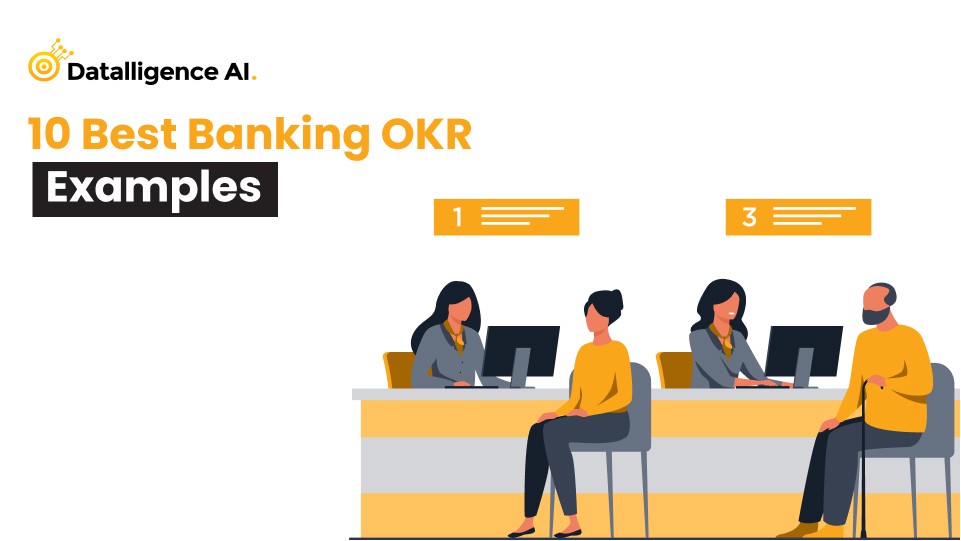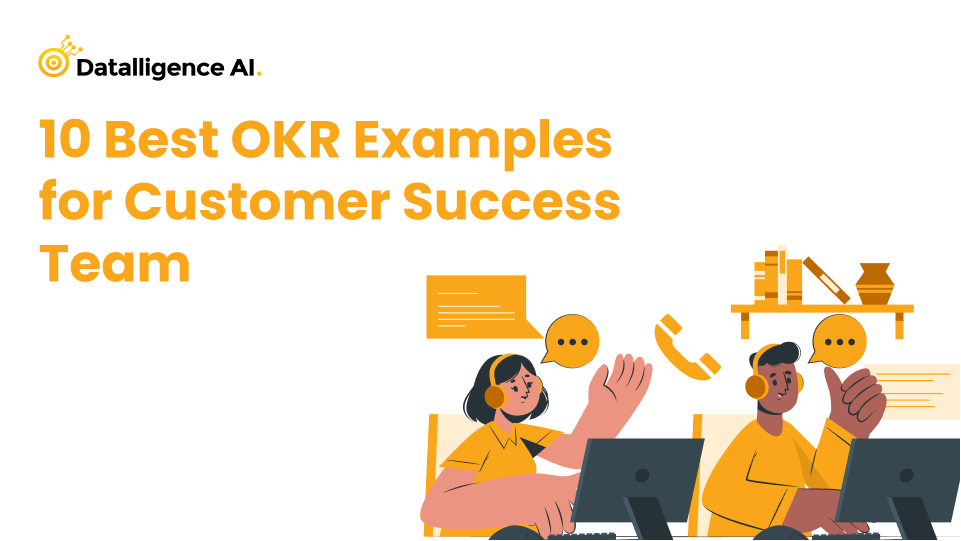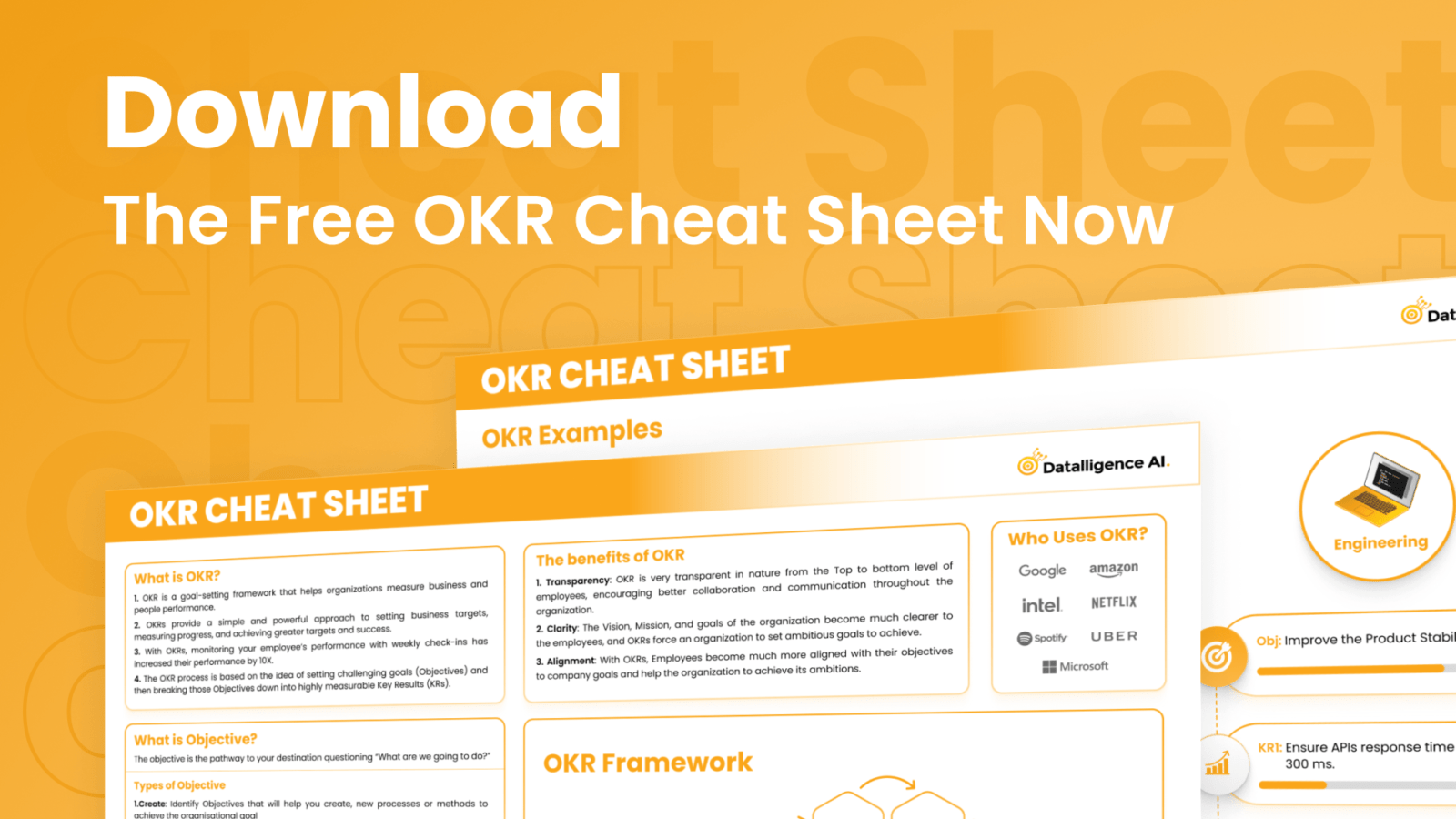In 2025, the companies that win won’t just be setting goals, they’ll be executing them with precision, speed, and clarity. For CEOs and leadership teams, OKRs (Objectives and Key Results) have become the gold standard for aligning vision and execution. But here’s the catch: OKRs work only when they’re designed for real outcomes, not just activity.
Modern OKR tools are transforming the way organizations set, track, and achieve their goals, making them more adaptable, measurable, and connected than ever before. Paired with the right strategies, they can become your competitive advantage.
Below is a practical playbook for CEOs and business leaders to drive real business impact in 2025, with insights on planning, execution, and scaling your OKRs using the latest tools and techniques.
Define Clear Outcomes: Your OKR “Why” for 2025
Before launching any OKR initiative, ask yourself:
- What is our core growth objective?
- How should our execution deliver measurable impact?
Too many organizations fall into the trap of tracking vanity metrics. More check-ins or fancy dashboards don’t automatically mean better alignment. The real power lies in focusing on qualified outcomes.
Instead of saying “Increase user base,” set an OKR like “Grow paid users by 20%”. Tie your objectives directly to metrics such as increased ARR, higher customer retention, or improved product adoption.
Modern OKR tools make it easier to link every objective to your business vision, ensuring that goals are not just ambitious but also aligned with what matters most.
Build a Strategic OKR Roadmap
Adopting OKRs without a strategy is like building a skyscraper without blueprints. Your roadmap should consider your organization’s size, market dynamics, and competitive positioning.
- Competitive analysis: Look at how your top competitors set and measure goals. Learn from high performers but adapt for your market.
- Resource alignment: Be realistic set OKRs your team has the capacity to achieve.
- Market relevance: For North America, ensure objectives match local buyer expectations, regulatory factors, and industry benchmarks.
Example:
Objective: Double enterprise clients in 2025
Key Result: Tailor onboarding and support to North American market needs
Modern OKR tools let you customize roadmaps by region, product line, or team, making strategic alignment far easier.
Diagnose Your Execution Gaps: Full OKR Audit
Just like a SaaS company audits SEO, CEOs should regularly audit their OKR processes. Look for gaps in:
- Technical usability: Is your objective and key results software simple to use across devices and roles?
- Content relevance: Do your OKRs directly address strategic priorities?
- Conversion to action: Is strategy translating into measurable execution?
- User experience: Is the platform immersive and intuitive?
Benchmark your OKR performance completion rates, engagement scores, and time-to-impact. Modern OKR tools can generate these reports instantly, helping you spot quick wins.
Set System-Level KPIs: Beyond Vanity Metrics
A common pitfall for leadership teams is mistaking activity for achievement. The number of OKRs created, the volume of check-ins logged, or the sheer size of your dashboards may look impressive—but they often have little correlation with actual business performance.
In 2025, CEOs need to track metrics that prove strategic impact. That means anchoring your KPIs to the outcomes that directly affect revenue, market position, and long-term enterprise value.
High-value system-level KPIs include:
- Alignment scores: How well are individual and team OKRs connected to the company’s north star metrics? Misalignment here means wasted capacity.
- Percentage of objectives tied to revenue, product, or retention: Every objective should have a measurable link to one of these core growth levers.
- Engagement rates: Are teams actively updating, reviewing, and course-correcting their OKRs, or are they treating them as a quarterly checkbox?
By contrast, metrics like total OKRs created or frequency of check-ins without meaningful updates create a false sense of progress. They make the system look active without proving it’s effective.
Modern OKR tools close this gap by making KPI linkage seamless. They can automatically map objectives to your business drivers, highlight where execution is drifting from strategic intent, and provide real-time performance signals that allow the C-suite to intervene before targets are missed.
For a CEO, this isn’t just operational hygiene—it’s about making sure every investment in time, talent, and technology delivers measurable returns. When your KPIs are designed this way, your OKR program stops being a reporting function and becomes a growth engine.
For CEOs, one of the most frustrating realities is watching a sound strategy stall—not because the vision was flawed, but because execution got stuck in operational gridlock. Bottlenecks, whether technical or human, drain momentum, delay decisions, and erode team confidence.
To maintain execution velocity, you need to address both types of constraints head-on:
- Map every stage of your OKR cycle
From initial goal setting to quarterly reviews, break down the full workflow into defined steps. This makes it easier to spot where delays are likely to occur—be it during cross-department approvals, data gathering, or progress reporting. - Assign clear ownership for each objective
Ambiguity kills accountability. Every OKR should have a named owner who is responsible for updates, progress tracking, and ensuring dependencies are managed. This keeps objectives from “floating” between teams without real action. - Streamline approvals and reviews
Long approval chains slow everything down. Modern OKR frameworks favor light-touch governance—decisions should be made at the lowest competent level, with leadership stepping in only for high-impact pivots. - Leverage automation and AI
The right objective and key results software can eliminate the operational drag of reminders, update requests, and progress analytics. By integrating automation into your process, leaders no longer waste time chasing status reports—they get real-time visibility into what’s on track and where intervention is needed. AI can even surface execution risks early, allowing preemptive action rather than post-mortem fixes.
In high-growth organizations, execution speed is a competitive advantage. The combination of modern OKR tools, clear ownership, and automation ensures that leaders can focus their attention on strategic decisions, market moves, and people leadership—rather than firefighting avoidable operational slowdowns.
Alignment and Communication
Even the most well-crafted OKRs fail if they aren’t understood, embraced, and lived by the entire organization. As CEO, your role isn’t just to set the vision—it’s to continually reinforce it in ways that resonate across every level of the business.
In the digital workplace, video has become one of the most powerful tools to bridge the gap between strategy and execution. Unlike static documents or email updates, video carries tone, energy, and authenticity—qualities that build trust and inspire action.
High-impact ways to use video in your OKR program:
- CEO “Vision” Videos
Launch each OKR cycle with a direct message from the top. Share not just the what of the goals, but the why. This humanizes the strategy and makes it easier for employees to connect their daily work to the bigger mission. - Progress Updates from Leadership
Short, authentic updates from executives during the quarter create transparency and signal that leadership is actively engaged—not just in setting OKRs but in monitoring and celebrating their progress. - Onboarding Tutorials
For new hires or teams adopting a new system, video walkthroughs of how to set, track, and measure OKRs can cut the learning curve dramatically. This ensures faster adoption of your objective and key results software. - Celebrating Wins
Recognition is a force multiplier. Use video to highlight team or individual achievements tied to OKRs. This builds momentum and reinforces the behaviors you want to see repeated.
When integrated directly into modern OKR tools, these videos become part of the workflow—not an afterthought. Team members can watch a 90-second CEO update alongside their OKR dashboards, see onboarding tips when they create new objectives, or replay celebration clips during team meetings.
For CEOs managing geographically dispersed teams, especially across regions like North America and India, video bridges cultural and time-zone divides. It keeps strategy human, visible, and in constant motion—driving not just alignment, but genuine engagement.
Build a Feedback-Driven Content Engine for OKRs
Your OKR content guides, playbooks, success stories should evolve with your stakeholders’ needs.
- Run post-cycle surveys to capture feedback.
- Analyze external benchmarks and industry best practices.
- Refine OKR templates and communication styles accordingly.
Modern OKR tools can help gather and analyze this feedback in real time, ensuring your process stays relevant.
Prepare for Zero-Click Alignment
In a fast-paced work environment, no one wants to dig through long reports.
- Keep dashboards skimmable and actionable.
- Use visual summaries, quick links, and interactive charts.
- Ensure distributed teams whether in North America or India have equal access to OKR knowledge.
Modern OKR tools excel here, giving employees frictionless, real-time access to the information they need without hunting through multiple systems.
Final Takeaways for CEOs
2025 will reward the organizations that treat OKRs as a business growth engine, not a checkbox activity.
- Think outcomes first: Anchor every OKR in measurable impact.
- Bridge vision and execution: Use market- and persona-specific insights to guide strategy.
- Optimize continuously: Audit and improve your processes every cycle.
- Leverage multi-format communication: Video, dashboards, and real-time updates keep alignment strong.
- Lead with vision, empower with technology: Modern OKR tools and objective and key results software can supercharge execution, but leadership must remain the driving force.
With the right mix of human leadership and powerful technology, your organization can align vision to execution and win in 2025.











